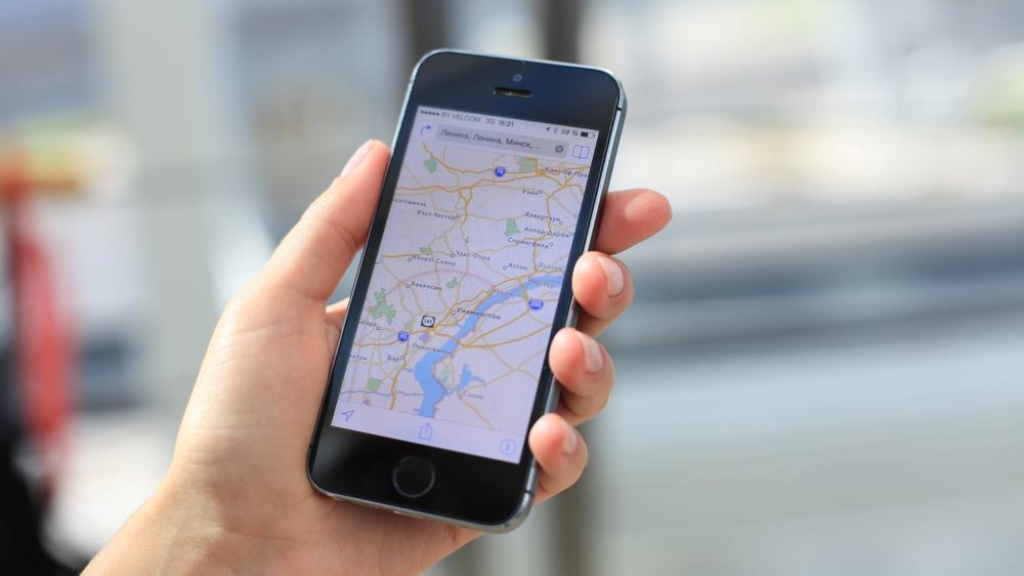Don't miss the chance to work with top 1% of developers.
Sign Up Now and Get FREE CTO-level Consultation.
Confused about your business model?
Request a FREE Business Plan.
From User Acquisition to Retention & More | Everything An App Owner Should Know!
Table of contents
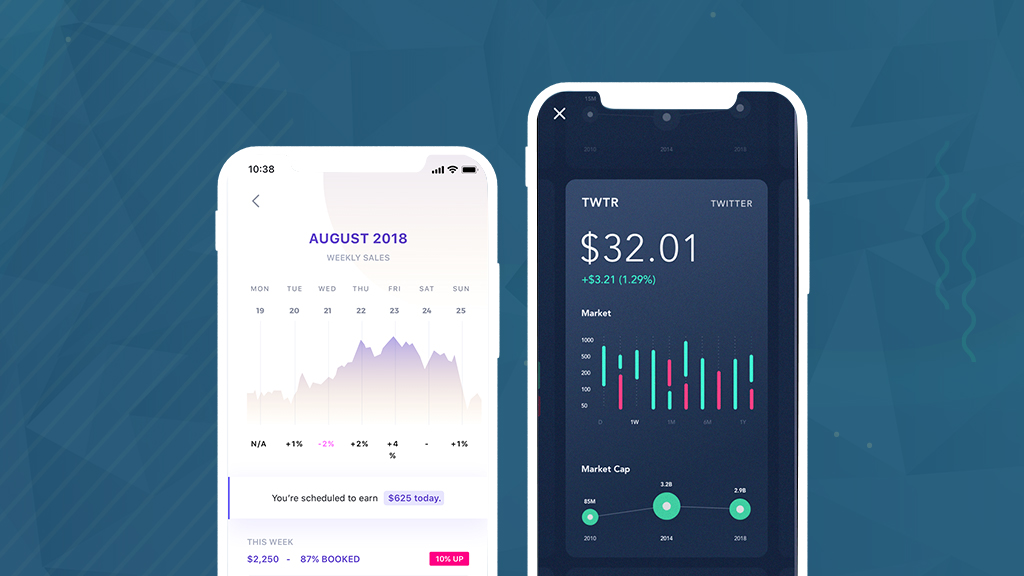
In this piece, you will find a detailed overview of some of the amazing user acquisition tactics that are used by all successful app owners. Along with that, the article will also shed some light on user retention strategies.
Did you know around 70% of people all around the world today are using mobile devices? This clearly justifies the hype that the mobile app industry has generated over the past few years.
One survey reflected that an average American spends around 3 or more hours on his or her mobile while only 2.2 hours are spent on the web.
While the industry is growing every second the question that remains is how can one come up with an app that engages more and more people every month without a fail?

I agree! This question does not have any particular or a specific answer as every mobile application has its own story of success and failure.
After analyzing the behavior of several mobile apps, I have jotted down some pointers that determine the success or failure of an app.
I am sure that you have no idea about the points that I am going to mention below, and if you do then I am sure you are running a successful app.
Most of the apps fail due to a lack of proper marketing and management strategies. Below are some important points that I have gathered from the study of the performance of different apps.
This is all fact no suggestion or assumption! Don’t believe me? Well! You won’t know if you won’t read.
So, what are you waiting for?
Scroll down to find the tips that one should follow at different phases of their app development journey.
User Acquisition Plan Building | An Efficient User Acquisition Plan For Your App
For every app owner, this is the phase that determines the success or the failure of his or her dream.
Imagine if you have an app and no users? or let’s say you have an app with constant number of users since its launch, what do you think is going to happen then?
Stop thinking! Your project will FAIL!!!
Yes, Fail. Don’t worry, here I am sharing some of the basic yet effective measures you can take to bring life back in your app.
1. Problem Solving App Tends To Perform Better!
This is an advice from the famous Mr. Anton Patzer, founder of Mint.
He once said, “Solve a real problem and the world is yours”.
I honestly fell in love with his thought, and since then, I have been using it in every mobile app development advice I give.
If you have trouble believing me or Mr. Anton, let’s name some of the successful apps – Say Uber.
What exactly is the fundamental behind Uber? It solves the problem of commutation.
Still not convinced?
Let’s take another app… say Duolingo. This application helps the user to learn a language without stepping out for a class. Not only this, the app is highly efficient and remarkably engaging.
Hence proved!
An idea of an app should include a solution to a problem & then no one can stop the app from creating a ripple effect in the market of success.
2. Building a Waitlist For A Boom Effect | A Smart User Acquisition Strategy!
For those who are new to this mobile app, industry must be all boggled reading this.
What the heck is a waitlist?
It is actually based on a simple human behavior that can be stated in a single sentence – “people want what they can’t have”. A waitlist feeds on this behavior.
Okay! Let’s make it simple and realistic for you.
How would you feel about having a database of emails in your hand prior to the launch of the application?
This is crazy, isn’t it?
But this is possible.
With the help of a website landing page (use platforms such as Unbounce, Wix.com or Squarespace or contact a web development company), you can easily build an email database.
If you are not getting what I am saying here, check out an example –
Like many other successful apps, Robinhood used this tactic to build over half a million-person waitlist before the launch. For those who have not heard of Robinhood – It is a zero-commission stock trading platform.
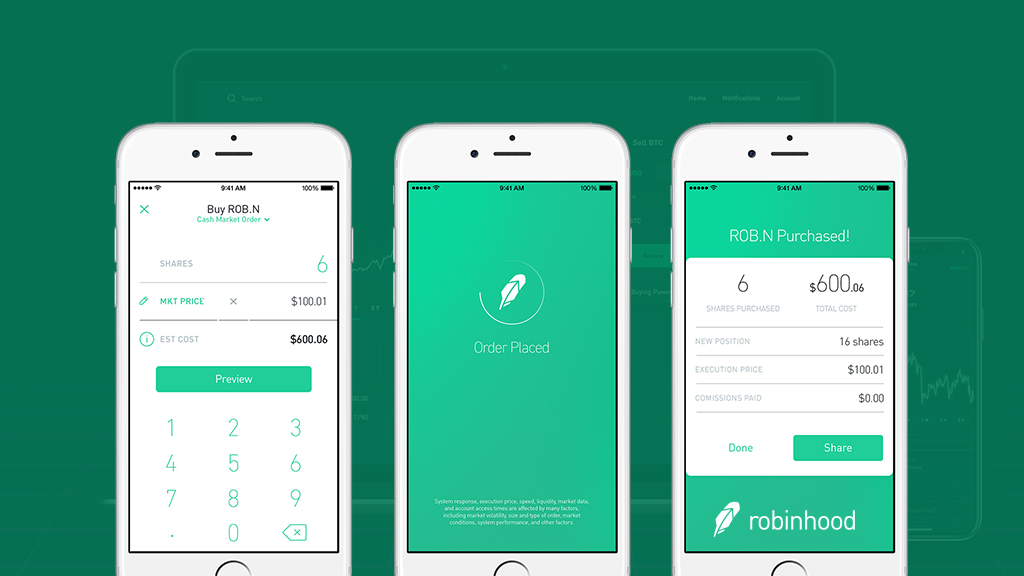
Nate Rodland, COO of Robinhood stated –
“We built a waitlist in order to gather a list of potential customers and beta users ahead of our app launch. Combining our waitlist with a referral system was crucial – we took the people who were most excited about Robinhood, and gave them an easy way to spread that excitement to their friends.”
Having a half a million people waiting eagerly for the launch of your app, that is the power a waitlist holds. Do include this tactic in your user acquisition strategy plan for amazing results.
3. Using the Referral Program
Mostly all the successful apps have used this tactic for increasing the user acquisition. The plan is simple yet very effective.

I can bet, that every app you have on your phone right now, has this feature.
What exactly is behind this feature?
This is nothing but the technique to incentivize the early users to refer the app to friends in exchange of something beneficial for them.
Let’s talk one of my and world’s most loved app – Uber
Uber has a referral program that gives $10 ride credit to the person who refers the app to another user. This is just one example there are many others out there.

4. Using the Freemium Model For User Acquisition
Who won’t use a free version of an app? I would. Offering a freemium model of an app is something every app today is doing. This tactic helps increase the number of downloads and builds trust among the user to actually pay for the full version.
Let’s take an example that if you know, I know that you are on it.
Just Kidding!
Coffee Meets Bagel. This is one of the most famous dating apps that allow people to use all its core features for free, like say, viewing the profile of a potential match while offering the premium features like viewing mutual friends & allowing the user to choose from the pool of 10 people.

This is indeed smart! Once, you build the trust of the users, they will surely pay to enjoy full access.
5. Leverage Content Marketing
Content is the tool that is widespread over every industry today. It not only engages users but also attracts more and more users to your platform.
How can one use content to promote an app?
Again getting to the first point we discussed – Solving a problem through your app.
So, when it comes to content, you already have a problem to talk about.
Write blogs about it, eBooks on it, webinars or even release videos about it. Target keywords that define your business.
Hell! Become an expert in the field. Become an influencer.
Below is one example that “Knock Knock” used to leverage content for the user acquisition of more and more users.
6. Make Full Use Of Press & Media
Press is good for many things. Short term awareness is one of them.
There are many platforms today to which you can reach out like Techcrunch, Business Insider, Forbes, CNN, Entrepreneur, VentureBeat and more.
I know what you are thinking. But no, you don’t have to be a PR expert to do this.
All you have to do is find out influencers on LinkedIn and pitch to them for writing a story around your app in exchange for free access to your app.
Yes! This works.
7. Cross Promotion, The Easiest Way To User Acquisition!
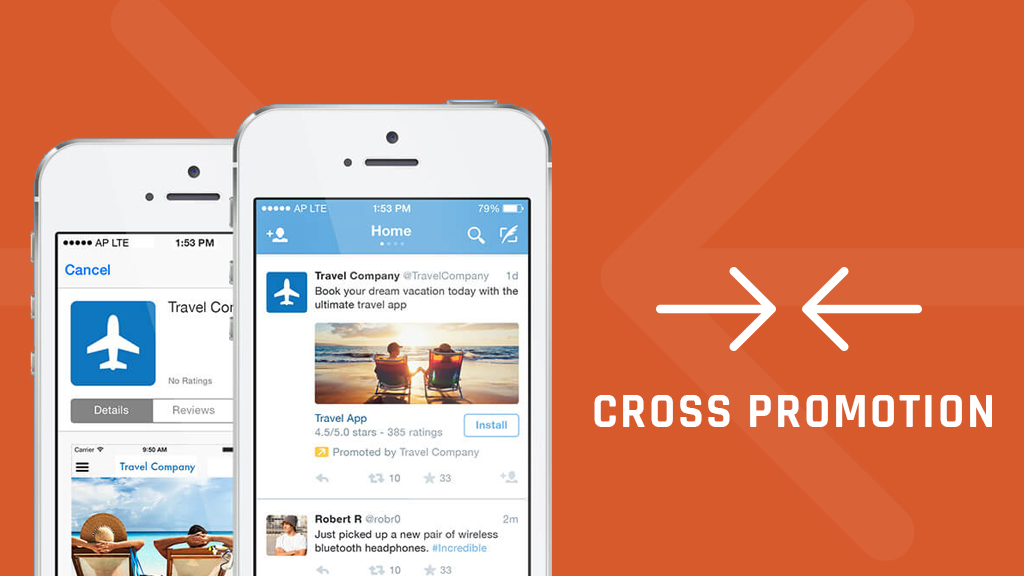
Don’t be scared. This is very simple.
The catch, however, is that it is only useful if you own more than one app in the same niche.
If you have multiple apps on similar categories, you can easily cross promote apps.
It is simple yet effective!
All you have to is cross-refer to one app on another and Walla! You are an expert cross promoter.
Work On App Discoverability For User Acquisition
What does discoverability mean? Discoverability as its literal meaning states is making it visible, It here is an app. Technically, this means App store optimization (ASO). By ASO we mean making your app discoverable in the app store.
Below I am sharing some of the techniques to improve the discoverability of an app –
1. Optimized Keyword Research
If you are reading this, I assume that you know what keywords are and if not, in simple words keywords are the terms related to your business, in this case, your app for which people are searching for.
While selecting the keywords, you need to play smart –
Select the keywords that have high volume and low competition.
You can use Senortower.com to see which app is driving traffic through which keywords.
As a typical SEO strategy, long-tail keywords are equally important to ASO.
2. Keyword Placement
Next thing while working on app discoverability is “keyword placement in an app”.
It is a well-known fact that the right keyword placement in an app can help improve the discoverability of the app.
After studying the behavior of the apps over the app stores, I figured out that most of the ranking apps have played by one simple rule –
“Add the high-traffic keywords in the name of an app”
Does it work?
Yes! But remember to be careful. If you use the keyword too many times, your application might be spammed.
3. Determining the Weight of a Keyword
Do you know how the algorithm defines the weight of a keyword?
No?
I don’t know either.
But what I have judged by studying the response of multiple apps is that the algorithm considers the keywords included in the titles of an app to have the most weight.
For Android apps, the keyword density plays an important role apart from the title.
4. Monitor App Consistently
Consistency is a backbone for everything. There are many outside factors that define the performance of an app in an app store.
What are these outside factors?
Cloud services, other competitive apps or generally apps, and device upgrades, all these factors add up becoming outside factors defining the performance of the app in an app store.
This makes it vital for one to keep monitoring the app consistently.
Now, I know what you are thinking – How can we do that?
Luckily there are many performance management solutions available such as Crittercism or Crashlytics that allow you to keep a check on your app by tracking the latency, crashes, transactions, and more.
5. Understanding the power that ASO holds
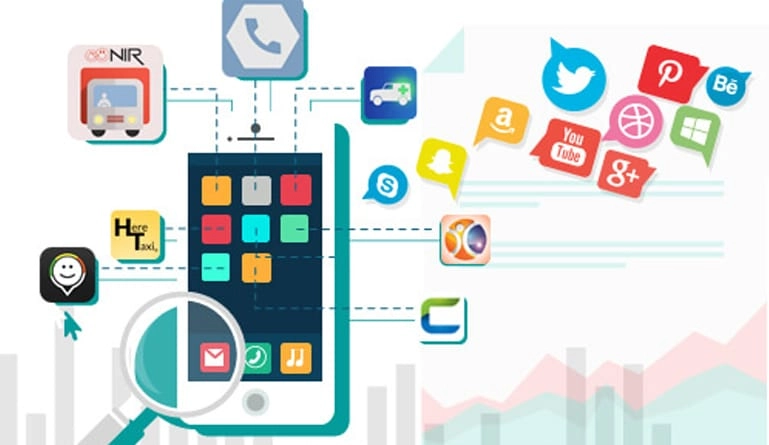
As per the survey conducted by Sensor Tower, only 60% of the apps are discoverable over the app store. Seems okay?
No there are around 2 million apps in an app store fighting for these positions.
How is this simple?
This is where the ASO comes into play. The proper App store optimization can push you to that 60 % of apps that are discoverable through an app store.
All the points above this point together bring forth the complete ASO strategy.
Analyzing User Behavior
What? User Behavior, Seriously? Why should I bother about user behavior?
I know most of you must have all these questions popping in your head.
Okay, lemme just quickly answer all these one by one –
First, User behavior is actually analyzing what kind of users are actually interested in your app. What are the interests of them that are attracting them to your application?
Second, why?
Simple! By analyzing the users your app is driving, you can work on targeting the particular kind of users who are interested in your app and will be able to retain and increase the users as well as monetization of your app.
Lastly, how?
This also has a very simple answer – via Analytics.
Now that you have all these questions answered.
Let’s Talk Tactics!
The first thing that you should understand is the 3 levels of complexity for app analytics then check out how to measure these levels.
So, let’s dive right into it –
The Three Levels of App Analytics
To analyze the mobile app analytics you should know about the three levels of complexity it has.
If you are a beginner, I know this will sound scary!
But it is not!
In fact, it is quite simple.
All you have to remember is starting from level 1 goals and gradually moving up as your organization grows.
What are these levels I have mentioned more than twice by now?
These levels are –
Level 1 – Counters [DAUs | MAUs | Revenue]
Level 2 – Problem Areas [Funnels | Retention | Events | Segments]
Level 3 – Growth Driving Factors [User Behavior | Data Science]
Okay! Don’t be confused! Hold on!
I am going to elaborate on each level below.
So, don’t panic and stay with me.

Level 1 Analytics
In this level what all you have to do is – to check for certain factors including –
Month active users [MAUc]
Daily active users [DAUs]
Pageviews
Revenue
All these factors, as you might have guessed is a basic area that helps you understand the success of an app with respect to engagement, monetization, and retention of users.
Wanna know about some cool tools to check your app analytics? Click Now!
Level 2 Analytics
The metrics that this level will track are some of the high-level ones like – High-level user behavior
Now, don’t be all messed up. With high-level user behavior, I mean analyzing the actions that the user takes per day.
Why? You say!
See from what I have gathered, using this high-level analysis of user behavior you can actually understand the problems an app is going through.
Through this analysis, you will know about different segments of users based on the behavior analysis along with the demographics and understanding of how they are interacting with an app.
I would personally recommend you to get into this step only after your user increase. You don’t have to get into this in the very beginning.
Level 3 Analytics
This is where the meat is. At this level, you will have to find out which behaviors actually correlate to deliver the lifetime value.
I won’t lie it took me a while to understand this concept.
Luckily, I came across the case study of Facebook that clarified the concept a little bit to me.
Here, I am gonna share the same.
The case study states that – there was a time when Fb acquired 50 million users. The data analytics and analysis team then took out the tools to understand the behaviors that led to this much retention.
This case study began by asking questions –
Was it the percentage of the profile complete?
Was it because of the number of pictures added?
Was it the number of walls visited?
OR
Was it the number of posts about bacon?
After the analysis, the answer came out to be – none of the above.
Shocking?
Yeah, it was to them. It was after that Facebook discovered that adding more than 7 friends in around 10 days of time was the actual indication of the engaged user.
This simple 7 friends in 10 days rule helped Fb to amplify the users to billions.
This was not just a simple analytics study that helped them reach this number. In fact, it was the much high-level analysis carried out by the Data scientists and growth analysis team.
This technique they used was the predictive analytics & it worked.
Why did I mention this case study here?
I mentioned this because it helped me gather insight on the importance of level 3 analysis. I was a bit skeptical before I read this story and now, I am convinced and am applying this strategy everywhere and recommending it.
So should you!
Till now, I have mentioned tactics for two major mobile app development and launch steps that every app owner should do.
The next thing I am going to discuss with you is the part that every app owner works on as the primary factor while developing it.
What is it?
Any guesses?
No?
Well! It’s Mobile App UI Design Optimization
Mobile App UI Design Optimization
I personally believe that an app should have an optimized and great UI/UX design to engage more and more people.
I am sure most of you have not thought of the following points while optimizing the UI design of an app.
But how to keep a track of the UI performance is what is more challenging. Below I am going to share some of these ideas.
You don’t agree?
No worry! We will see.
1. Leveraging Heatmaps to Understand the Focus Areas

Have you ever thought –
How users are physically interacting with your app?
Where are they taping, swiping, or pinching in an app?
No? But you should!
How?
Using touch heatmaps. This is the one feature of UX analytics that allows you to acknowledge where on the app screen the user is tapping, pinching or swiping.
How is this helpful?
With this, you can find out whether the users are paying attention to what you expect them to or not.
This will help you focus on those parts of UI that actually need your focus.
2. Recorded User Sessions
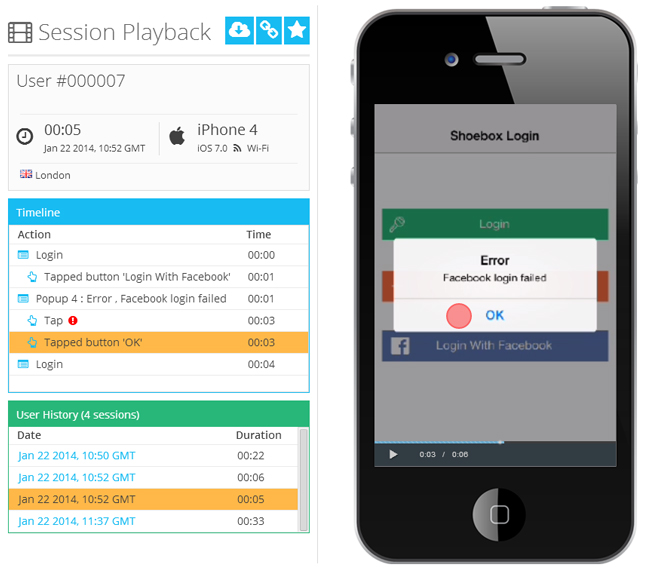
Apps like Appsee help you watch the live recorded user sessions on your app. This is another way in which one can actually find out where indeed the users are interacting with your app.
Why bother?
Again this will help gain insights on why you have users dropping out?
User Retention - Here is How You Can Retain The User
Now, we have discussed user acquisition, now, what’s next?
Well! After this comes the even more challenging part – User retention.
Don’t worry, there are many simple techniques that one can get into for app user retention.
1. Creating the Habit-forming Experience
It is said by Andrew Chen on his blog that it is most important to work on the retention curves of an app. These curves include – how the product is described, the triggers you set up for retention and even the onboarding flow.
It has been analyzed that on average it takes only the first few months for users to lose their interest in an app and this is where User retention plays a vital role.
How? You ask?
One of the famous tactics to improve the user tactic is leveraging the push notification feature. Sending push notification at the same time every day will impose the habit on the user hence, helping in improving user retention.
2. Testing Opt-in message for Notifications
A recent study carried out by Kahuna states that the average short and long term retention rates for the app users who have opted for the push notifications are twice higher than the rates of the user who have not done so.

Let’s get into numbers, shall we?
For the users who have opted-in for the push notification feature, the average 30 day-audience retention rate is increased by around 125% while when the 60-day average retention rate for the same set of users was calculated the number increased by 150%.
There is one catch though –
You should let the app user know why he should opt-in for the push notifications.
These are some of the tactics that one should take into consideration when it comes to mobile app development and the success of that app. If you indulge in all these user acquisition and retention tactics, I am certain that your mobile app will perform really well in the market and will make you millions of dollars. Check how much investment your dream app will feed on.
If you have some more user acquisition or simply user retention tactics to share with us, please comment below and we will surely test and write about them.
Rate this article!
Join 60,000+ Subscribers
Get the weekly updates on the newest brand stories, business models and technology right in your inbox.

Experiencing the journey with excitement, tackling the obstacles with the zeal to disrupt the vision of the world through her words is what defines the attitude of Vaishali Sonik. Vaishali a.k.a. Maggie took a turn from her Masters Journey in E.C.E to become an Internet influencer. Since 2014, she has been blending & molding her words to express the knowledge she has alongside learning herself at every step. She describes her profession as an Online Content Strategist & Writer, a way to learn something new at every step.

App Monetization Strategies: How to Make Money From an App?
Your app can draw revenue in many ways. All you need to figure out is suitable strategies that best fit your content, your audience, and your needs. This eGuide will put light on the same.
Download Now!Subscribe to Unlock
Exclusive Business
Insights!
And we will send you a FREE eBook on Mastering Business Intelligence.
